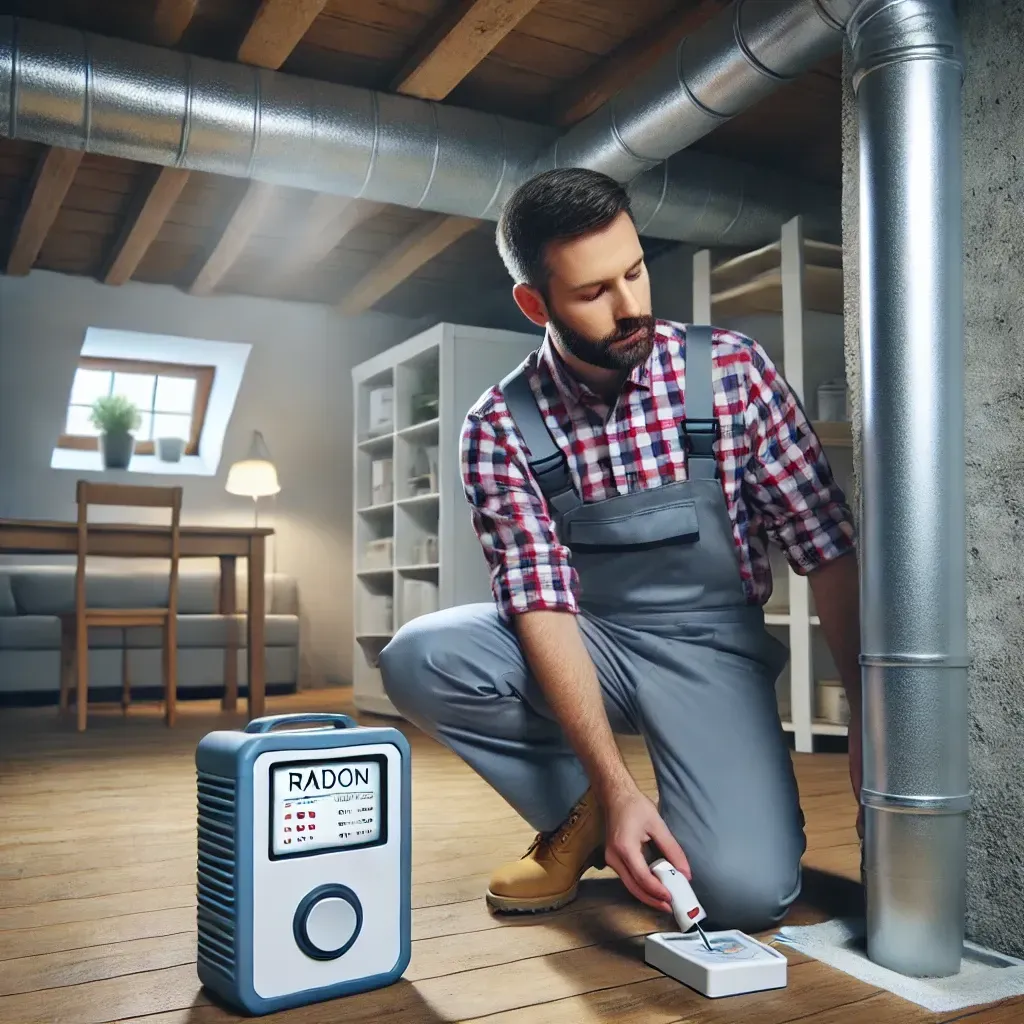Radon Testing Lakewood, Colorado

What Is Radon Testing?
Radon is an important contributor to environmental radiology. Radon enters the home through the cracks and crevices in the foundation, floor slab, and wall. It can also get through doors, windows, and openings in basement walls. Radon gas is so dangerous that it has been deemed one of the leading causes of lung cancer.
One way to reduce radon levels in a home is with radon mitigation Lakewood, CO. This type of remediation involves venting worn out or decaying basement walls and floors. It also involves removing or replacing floorboards and ceiling tiles. This procedure is designed to prevent radon gas from reaching homes.
When a Radon test is done at the Radon mitigation system's laboratory, technicians will look for high levels of radon gas. They will also check for leaks on walls and windows. If there are detected, they will test the ventilation ducts to see how much radon the ventilation system is allowing into the home.
If a home exhibits low levels of radon but high levels of ventilation (which may cause hot weather), a home mitigation solution should be considered. If the Radon test results show a high radon level, then additional vents should be added to the home. This could include installing an exhaust fan or improving the heating and air conditioning systems in the home.

Contact Us
What are the other things to consider?
Other things to consider include the frequency of ventilation openings and whether or not the house is located in an area that has a sufficient amount of outside air. A person who works in an office building does not necessarily have to be living in an industrial area to have problems with Radon. People who spend a great deal of time indoors such as people who work in an indoor environment such as a school or office building can also have an issue with Radon. In these situations, it is important to test the air conditioner and indoor humidity to ensure proper ventilation is provided.
Even if the individual resides in an industrial or other structure, an indoor Air Quality test can be conducted. This includes a sampling of the inside of the home or the building materials used. An indoor Air Quality test will test both the quality of air and the amount of air pressure that the air is held under. Indoor air contains a lot of naturally occurring particles, such as dust and pollen. An indoor Air Quality test can determine the amount of air that is held under a variety of building materials. If the Indoor Air Quality test indicates high levels of airborne particles or dust, then mechanical ventilation can be added to the existing HVAC system.
Hiring radon mitigation contractors to test your home for high levels of this substance is recommended. These professionals will assess the quality of the air in your home and determine if you need to have a radon mitigation system installed. They will then determine the amount of radon present in your home. Based on the assessment, they will determine what type of system you need to purchase or lease to effectively remove the radon from your home. This type of home service ensures that you get the highest-quality operation and maintenance of your radon system. Get in touch with us right away if you suspect that there are high levels of radon present in your home.
For an in-depth look and exclusive content, check out our blog. Your next great read is just a click away!

